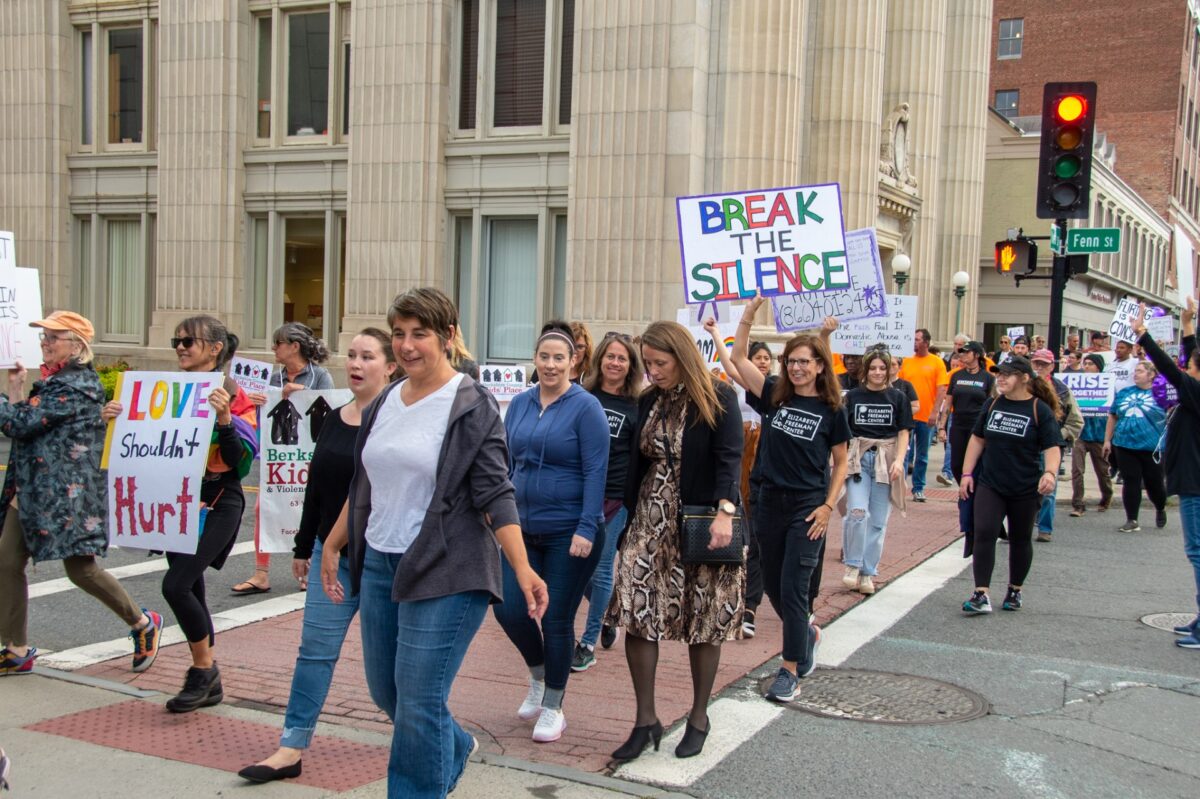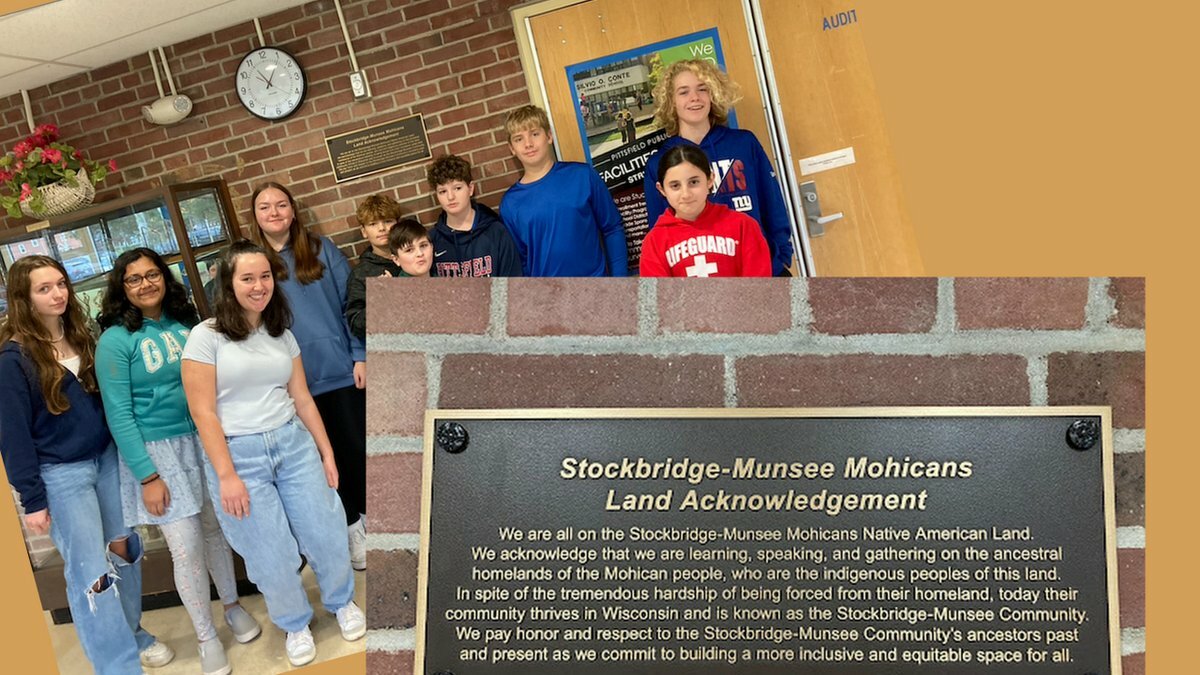 Herberg students across several classes worked on getting the plaque acknowledging the Stockbridge-Munsee Mohicans as a civics project.
Herberg students across several classes worked on getting the plaque acknowledging the Stockbridge-Munsee Mohicans as a civics project.
PITTSFIELD, Mass. — Herberg Middle School students have collaborated to honor the Stockbridge-Munsee Mohicans in a long-lasting way.
Last week, a land acknowledgment plaque was installed on the school just in time for Indigenous Peoples’ Day. The effort stemmed from an eighth-grade civics project and has spanned over a couple of years.
“When students are exposed to unjust history they really want to contribute to reparations. Additionally, our middle schoolers are civically minded and looking for opportunities to be involved in our local community,” social studies teacher Jen Jaehnig said.
“Last year they collected money for Damar Hamlin’s charitable cause and our local first responders. We look forward to seeing what other causes they want to support in the future.”
About two years ago, a group of about 20 students started on the project while fulfilling a state-required civics project, or “good citizenship hours,” which focuses on the environment, government or social needs. Others have joined in the effort over the last couple of years.
There had been conversations about the Stockbridge-Munsee Mohicans, native to the area, and about the renaming of Taconic High School’s mascot. Last year, the Taconic Braves were renamed Taconic Thunder.
Jaehnig asked an educator from the tribe what would be the best civil action and was told that a land acknowledgment would be favorable. Reportedly, when members of the tribe return to visit their homeland, they don’t see many acknowledgment signs.
The group favored the suggestion and they ran with it, beginning fundraising efforts with a movie night. They also wrote to the tribe in Wisconsin for approval of the land acknowledgment wording.
It reads:
“We are all on the Stockbridge-Munsee Mohicans Native American Land. We acknowledge that we…

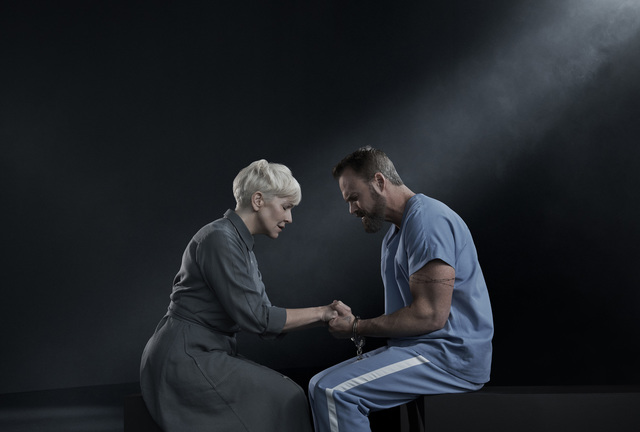
 The Mahaiwe Performing Arts Center presents ‘Jake Heggie’s Dead Man Walking’.
The Mahaiwe Performing Arts Center presents ‘Jake Heggie’s Dead Man Walking’. 
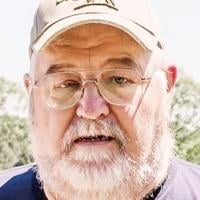
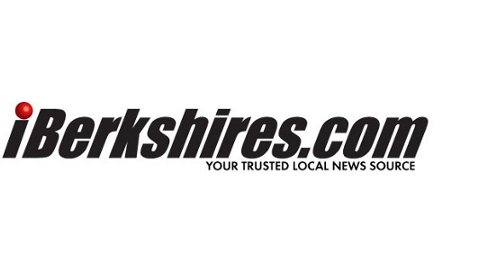

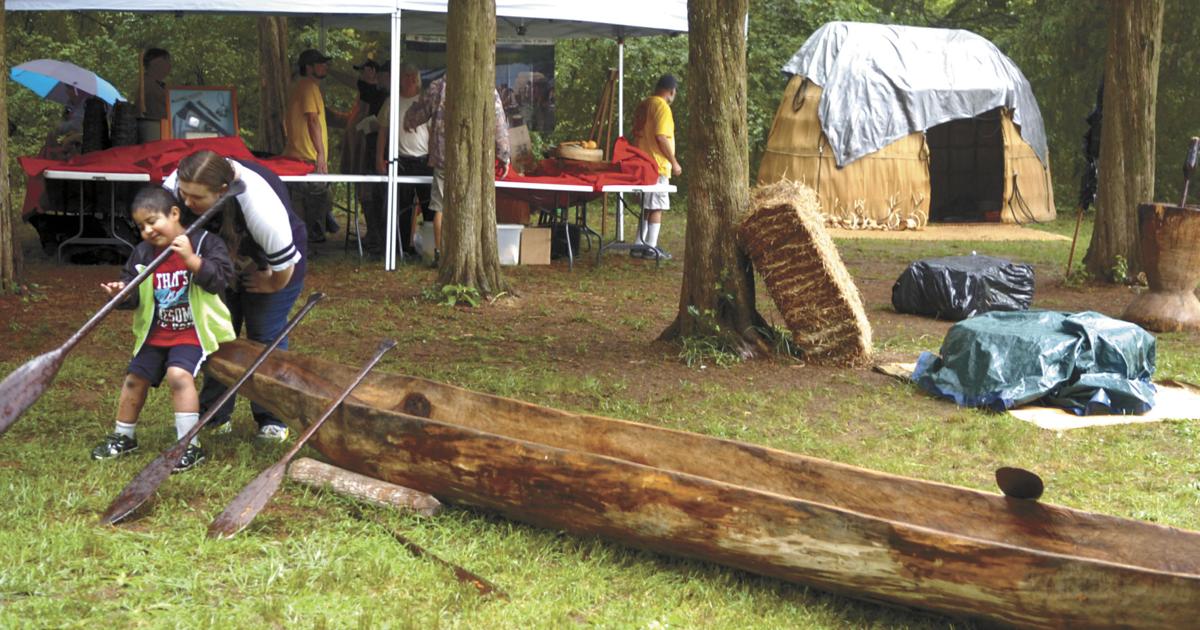


 By Rebecca Burr. Image courtesy of Stockbridge Library, Museum & Archives.
By Rebecca Burr. Image courtesy of Stockbridge Library, Museum & Archives.  By Reva Fuhrman. Image courtesy of…
By Reva Fuhrman. Image courtesy of…